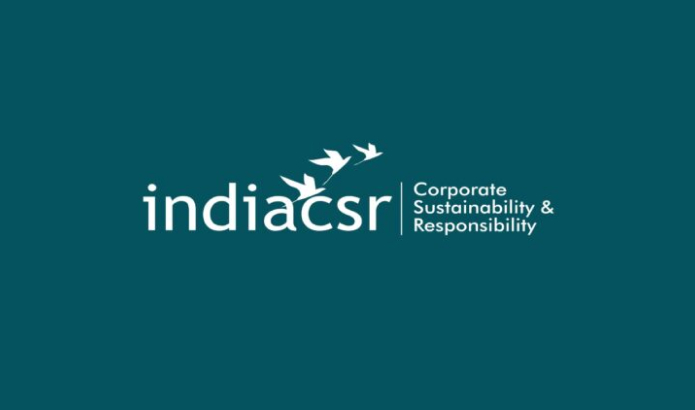The growing role of community ownership and partnership in the development of rural India

Even as a multitude of well-meaning individuals, corporates, private foundations and governments have poured in trillions of dollars for the “development” of the marginalized and underserved communities and geographies across the world, everyone has asked the mind-boggling question of what will make their development efforts sustainable?
When can development support be “withdrawn” and yet ensure that geographies and communities do not slip back into poverty and a state of neglect and exploitation? Communities, development sector stakeholders and institutions would argue that this may never be possible in a country as large as India, given the long history of lop-sided development in the country and exclusionary social structures. This is aggravated by large intersectional, intergenerational development issues that exist in our society. While the argument is true, it is true only in a limited sense.
Experience has shown time and time again that development work succeeds when there is community partnership, when it is equally driven by the communities where the development projects are undertaken. Only then, the need for development intermediaries and enablers like NGOs recedes over with time, and communities can become self-sustained in pushing their own growth.

